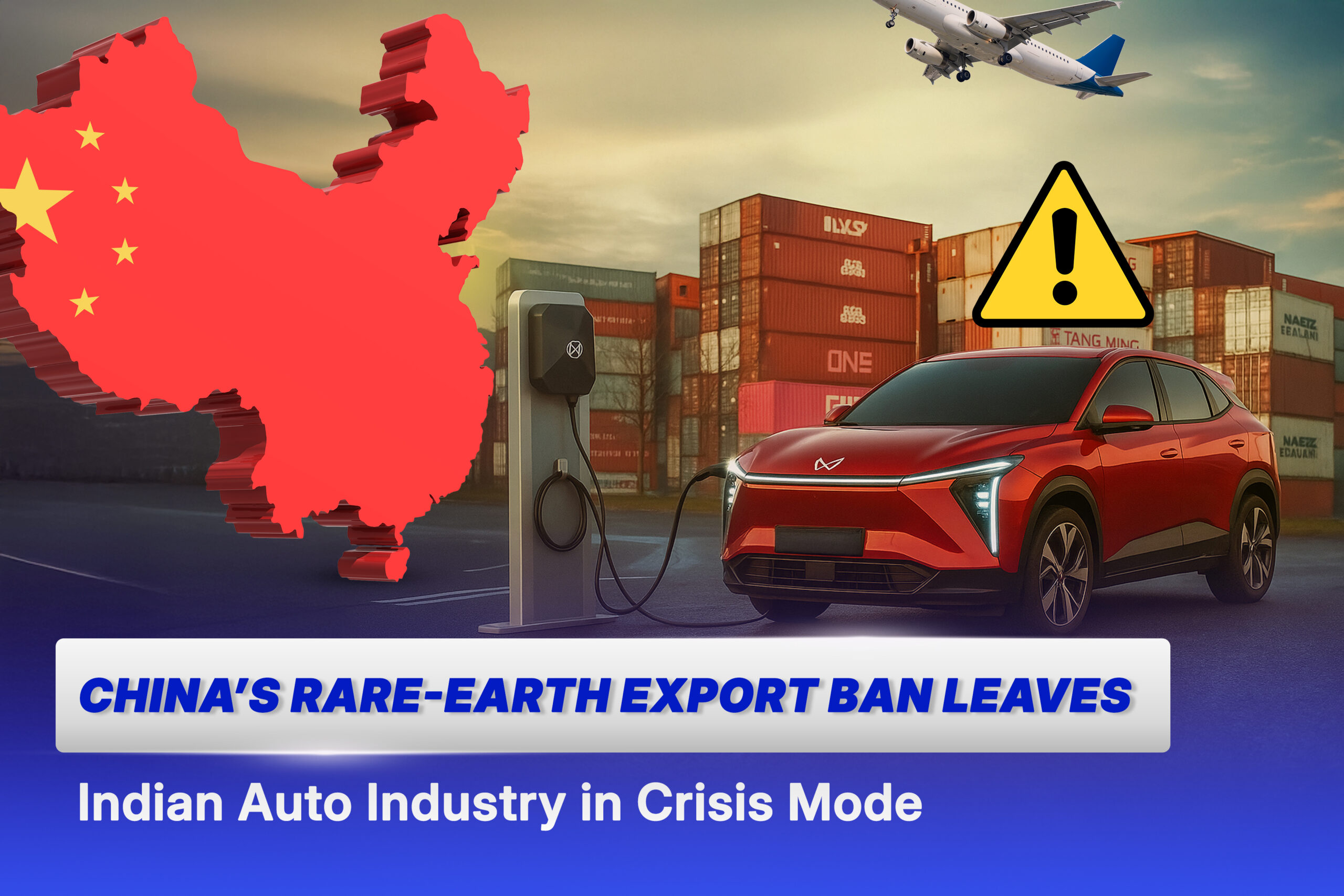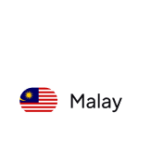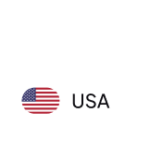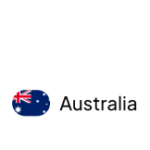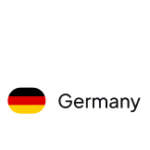Just when global trade tensions between the U.S. and China seemed to be cooling, a quiet but powerful move from Beijing has shaken industries worldwide with India’s auto sector being one of the hardest hit. In early April, China, which controls more than 90% of global processing for rare earth magnets and rare earth minerals, halted exports of these critical components. Used in everything from electric motors and power steering systems to wipers and audio systems, these magnets are indispensable, especially in electric vehicles (EVs). Indian manufacturers are caught in a tightening noose with China slow-walking export licenses.
Inventory Shrinks, Alarm Grows
India imported 870 tonnes of rare earth magnets, worth over ₹300 crore, in FY25, almost entirely from China. But since the new restrictions came into force, shipments have been stuck in red tape. Exporters now need a special license from the Chinese government, which demands detailed end-use certificates signed by both India’s foreign ministry and the Chinese embassy. It’s a bureaucratic labyrinth that’s holding up over 30 approved applications.
The result? Inventory buffers in Indian automakers are running dangerously low. If the impasse continues, production lines could come to a screeching halt by the end of June.
Electric Dreams Under Threat
This couldn’t come at a worse time for India’s EV push. Neodymium-iron-boron magnets, one of the most powerful types of permanent magnets, are critical to the operation of electric motors. An EV uses nearly 3 kg of rare earth metals China has to offer, compared to just 100 grams in a traditional petrol or diesel car. Without them, the future of EVs stalls before it can truly take off.
Industry leaders are sounding the alarm. Rajiv Bajaj, chairman of Bajaj Auto, warned that the entire EV industry could “grind to a halt” if the supply chain isn’t fixed as early as April. Sudarshan Venu, MD of TVS Motor, echoed the concern, noting that companies are scrambling to find alternate sources, but rising costs are inevitable.
Scramble for Solutions
India’s auto and component manufacturers aren’t sitting idle. A high-level delegation from the Society of Indian Automobile Manufacturers (SIAM) and the Automotive Component Manufacturers Association is scheduled to meet Chinese officials, hoping to push through the stalled clearances.
Meanwhile, former Mahindra & Mahindra Auto president Rajan Wadhera has called for a long-term solution: a diversified, multi-pronged approach to sourcing rare earth metals. “We need to stop putting all our eggs in one basket,” he stressed in a letter to the Union heavy industries ministry.
Why China Holds All the Cards
Though rare earth metals aren’t truly “rare” in the Earth’s crust, the economics of extracting and refining them are brutal. That’s where China dominates not only mining these rare earth minerals but also refining and magnet production.
China currently produces around 140,000 tonnes of rare earths annually. The U.S. comes in a distant second with just 38,000 tonnes. Meanwhile India’s production, primarily via state-owned IREL, barely exceeds 5,000 tonnes. Given this imbalance, China’s grip on the supply chain remains virtually unchallenged.
With some consignments already stranded at Chinese ports, experts like Gaurav Vaangal of S&P Global believe manufacturers will need to get creative. This will optimize product lines and rationing components to stay afloat. But without a breakthrough, even that may not be enough.
As the world watches and waits, India’s auto sector finds itself navigating a storm it didn’t see coming. The road ahead surely looks increasingly rough and uncertain.

